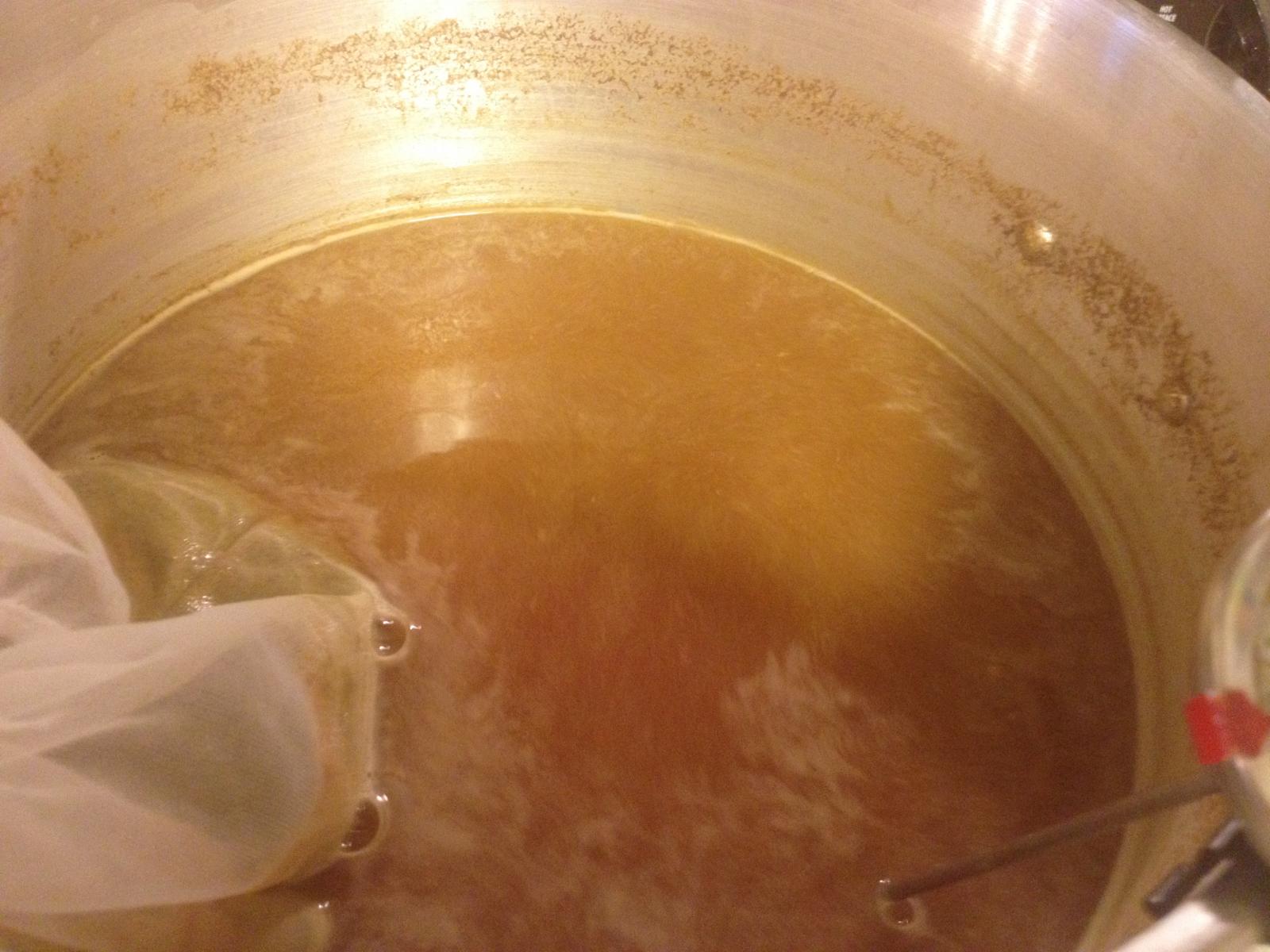ncoutroulis
Well-Known Member
- Joined
- Jan 18, 2015
- Messages
- 152
- Reaction score
- 1
This is only my second brew, so lots of dumb questions...
When transferring my wort to the carboy, i'm pouring it through a funnel which has a fine mesh screenwhich gets clogged almost immediately with what looks like green "hop sludge".
What i've done (both times so far), is continuously scrape this filter, so the wort can pass through it.
This takes loads of time, since i have to essentially pour only a small amount of wort at a time, scrape, then discard all this nasty sludge.
Curious if this is what everyone else does, or if i should just pour everything, hop sludge and all, into the carboy.
thanks
When transferring my wort to the carboy, i'm pouring it through a funnel which has a fine mesh screenwhich gets clogged almost immediately with what looks like green "hop sludge".
What i've done (both times so far), is continuously scrape this filter, so the wort can pass through it.
This takes loads of time, since i have to essentially pour only a small amount of wort at a time, scrape, then discard all this nasty sludge.
Curious if this is what everyone else does, or if i should just pour everything, hop sludge and all, into the carboy.
thanks



